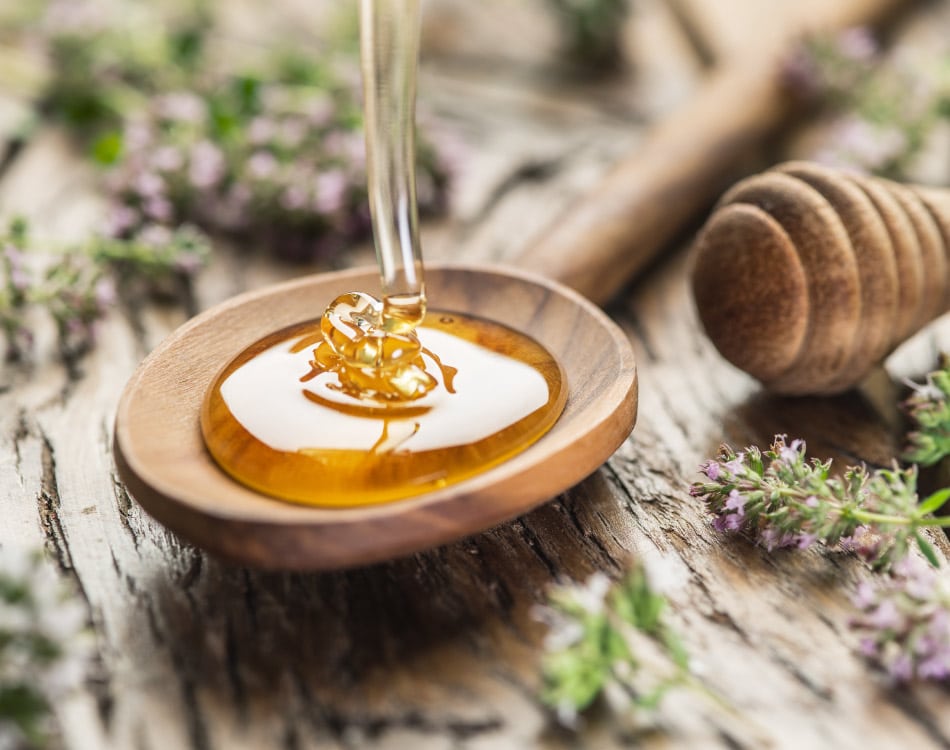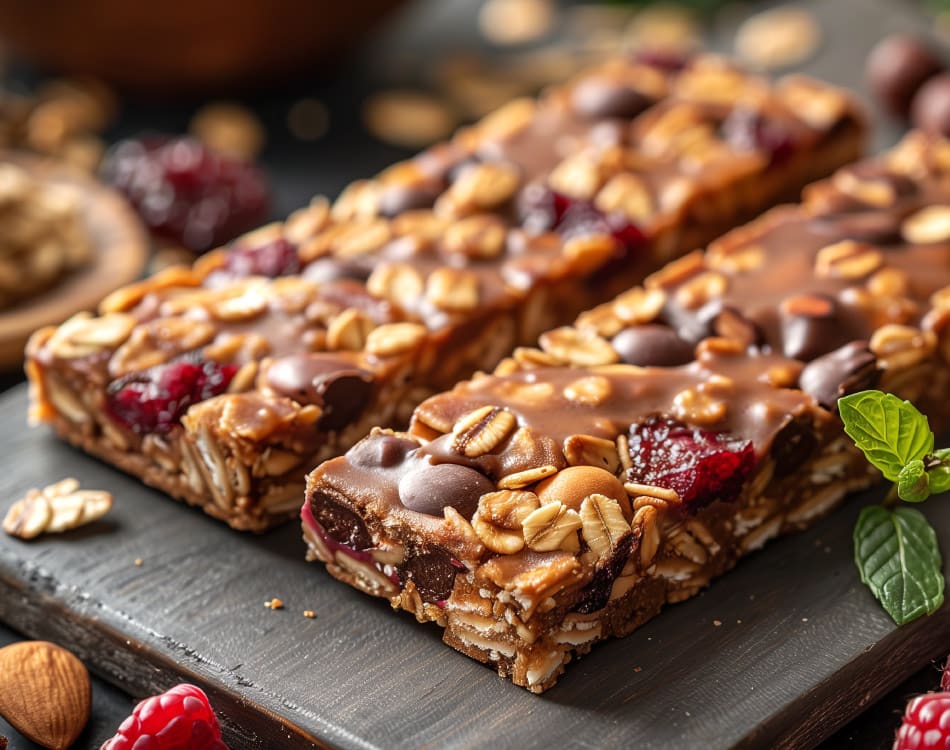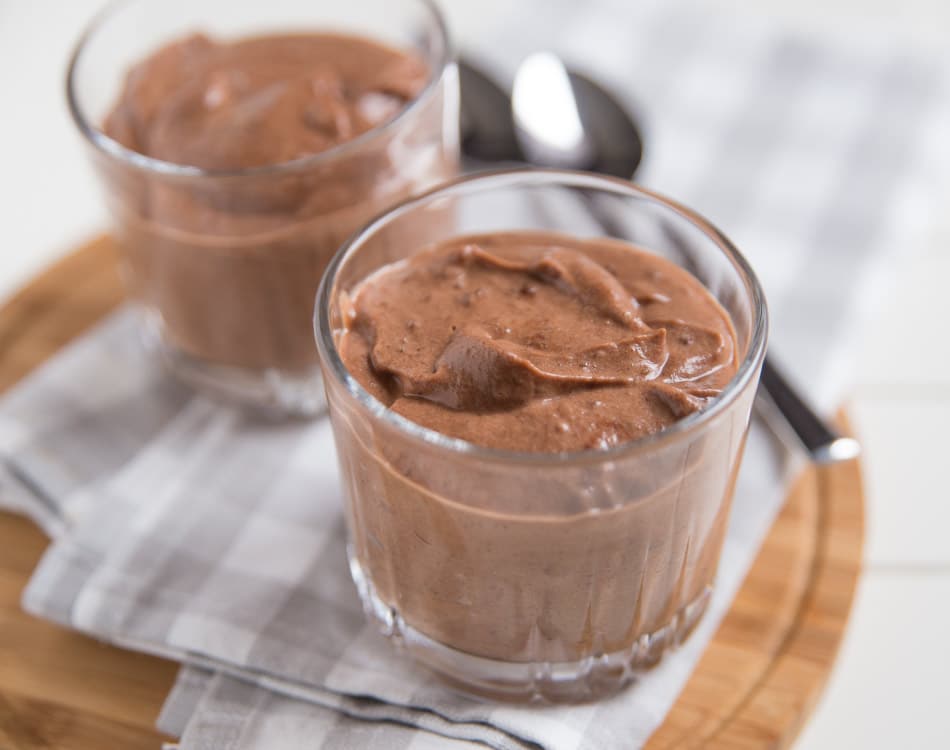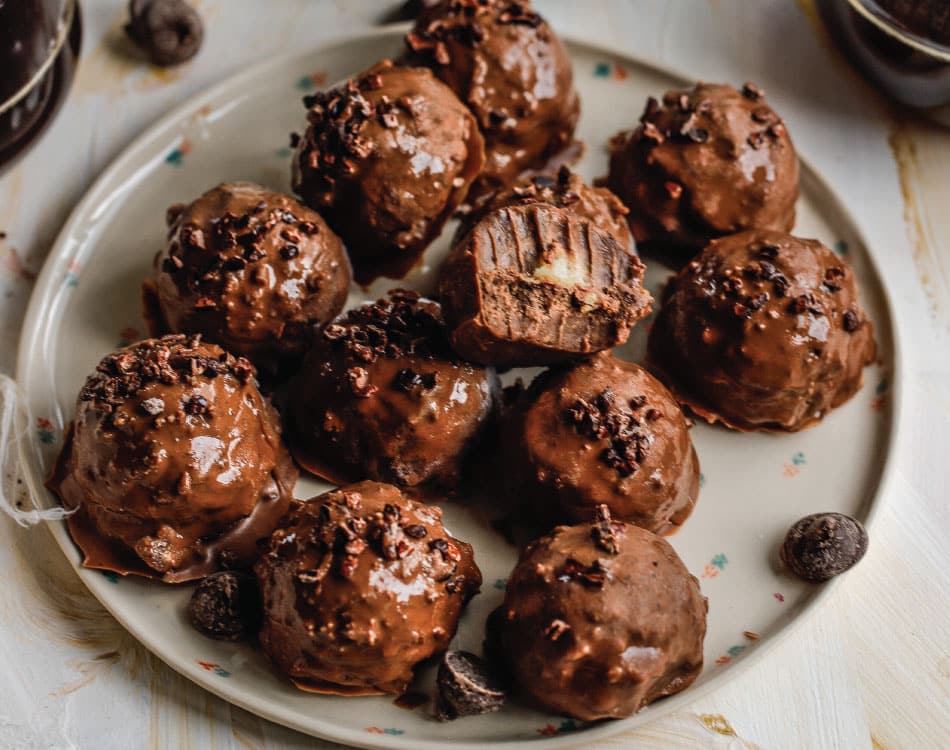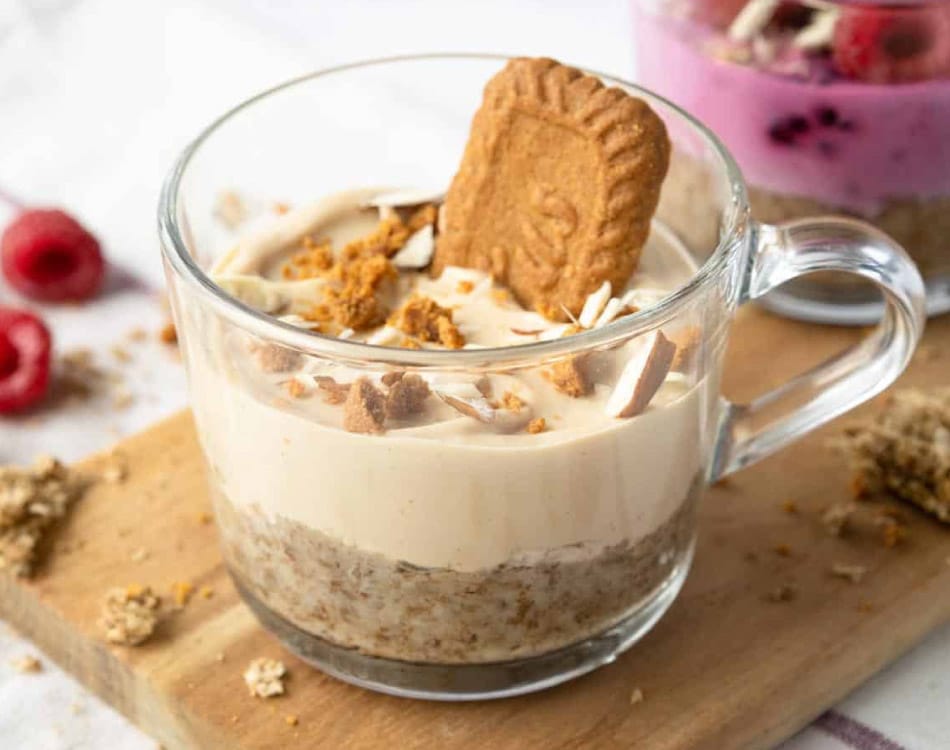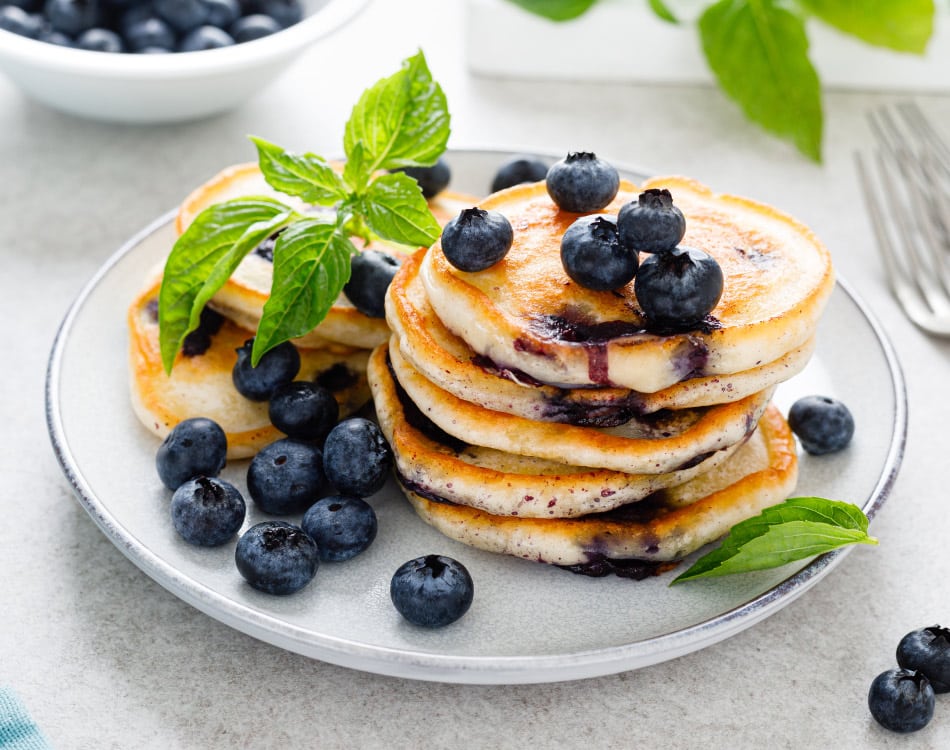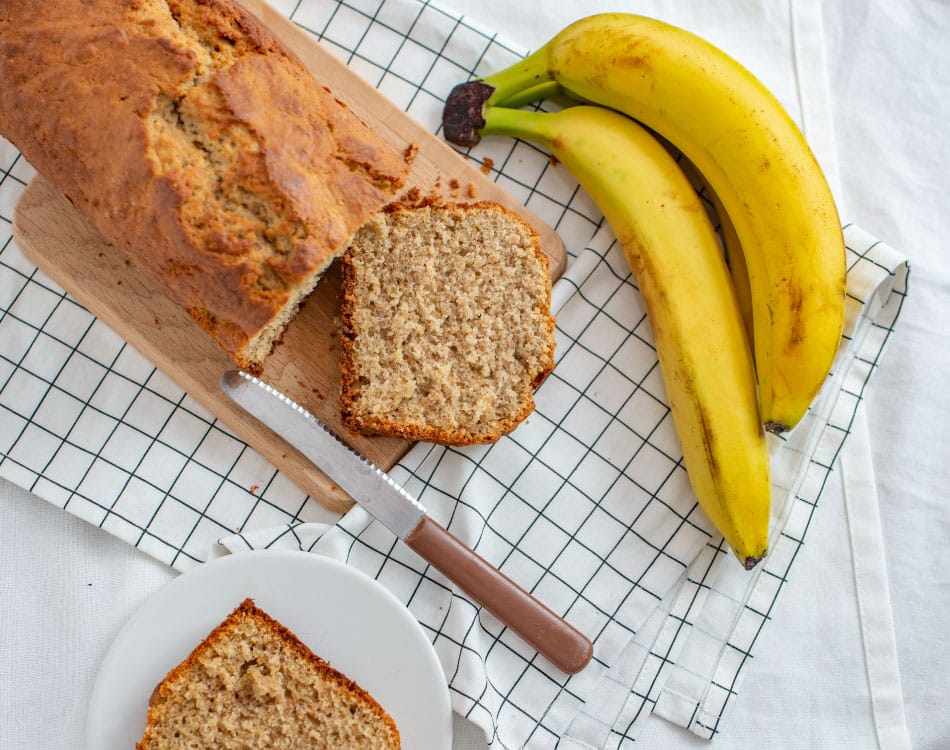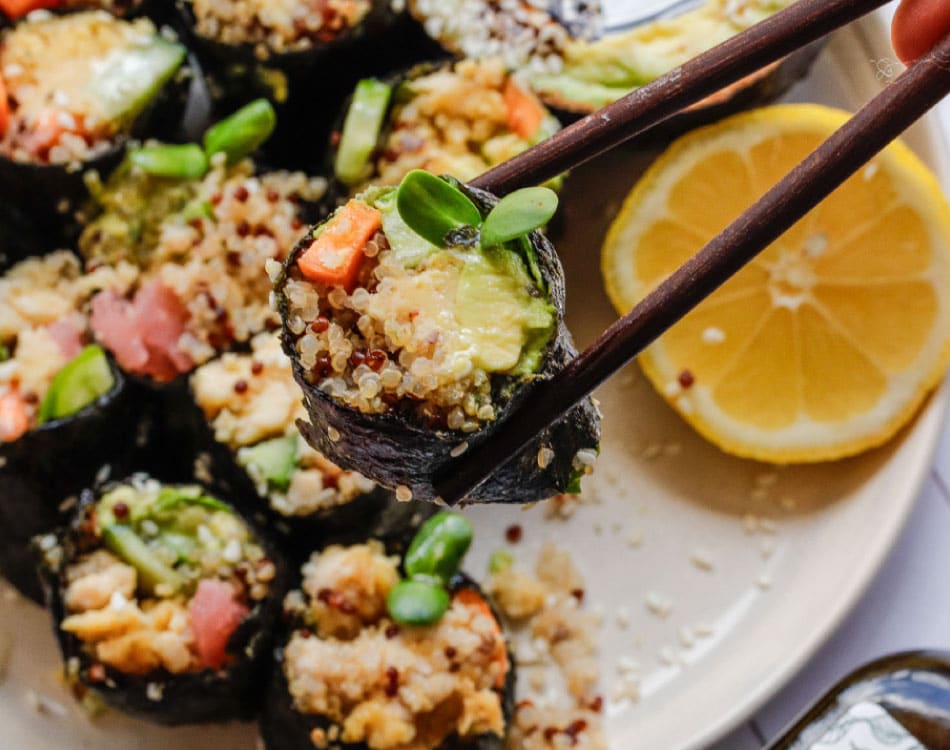Honey is a popular ingredient for those looking to live a healthier lifestyle and want to substitute sugar in their diets without turning to artificial or non-nutritive sweeteners for sweetness.
Honey is produced by bees from the nectar gathered from flowering plants. The smell, colour, texture and taste of honey vary according to the type of flowers it comes from, so there are countless varieties available.
Did you know? Honey can come from a single flower type (unifloral) or from multiple species of flowers (multifloral).
READ MORE | How To Incorporate Sugar Substitutes Into Your Diet
Honey in your diet
Honey is a natural source of sugar and energy, and is a popular ingredient in dishes and recipes around the world for its sweetness and depth of flavour.
When used as an alternative to processed sugar, it is important to consume it in moderation as it is a source of natural sugar and calories.
READ MORE | The Sweet Truth About What Happens To Your Body When You Eat Sugar
A natural remedy
As it is a natural substance, honey may offer various nutritional benefits, which vary based on the source and manufacturing methods used to produce it.
For instance, honey can contain various vitamins and minerals1, including vitamin C (ascorbic acid), B vitamins (pantothenic acid, niacin and riboflavin), calcium, copper, iron, magnesium, manganese, phosphorus, potassium and zinc.
Other nutrients found in certain honey products include amino acids2, antioxidants, including phenolic acids and flavonoids, and plant compounds like propolis3, which contains a flavonoid called pinocembrin, giving it “antiseptic, anti-inflammatory, antioxidant, antibacterial, antimycotic, antifungal, antiulcer, anticancer, and immunomodulatory properties”.
These properties make natural honey a popular home remedy to ease sore throats or coughs, or to treat minor cuts, burns and other skin conditions.
Types of honey
- Irradiated honey: Irradiated honey has been exposed to radiant energy to kill insects, bacteria, and other food-borne pathogens. Lifestyle Food Honey (irradiated) is sourced from selected hives round the world, so colour and consistency may vary as the bees gather nectar from different blossoms, according to season and hemisphere.
- Pasteurised honey: Treating honey with a high-heat application in a registered pasteurising facility destroys sugar-tolerant yeasts, which helps to extend the product’s shelf life and gives it a smooth texture.
- Raw honey: Raw honey is produced directly from the honeycomb. It is typically filtered to remove small particles, including pollen, beeswax, and parts of dead bees, but may still appear opaque in colour. It is not irradiated or pasteurised but is still generally safe to eat.
- Creamed honey: Creamed honey is natural honey that has been churned to create a more solid creamy texture.
References
- Nutraceutical values of natural honey and its contribution to human health and wealth. Nutr Metab (Lond). 2012; 9: 61. Published online 2012 Jun 20. doi: 10.1186/1743-7075-9-61
- Analysis of Amino Acid and Phenolic Content in Honey by UPLC-ESI-MS/MS.Honey Analysis. Submitted: May 13th, 2016 Reviewed: December 21st, 2016 Published: March 15th, 2017. DOI: 10.5772/67317
- Honey, Propolis, and Royal Jelly: A Comprehensive Review of Their Biological Actions and Health Benefits. Oxid Med Cell Longev. 2017; 2017: 1259510. Published online 2017 Jul 26. doi: 10.1155/2017/1259510

